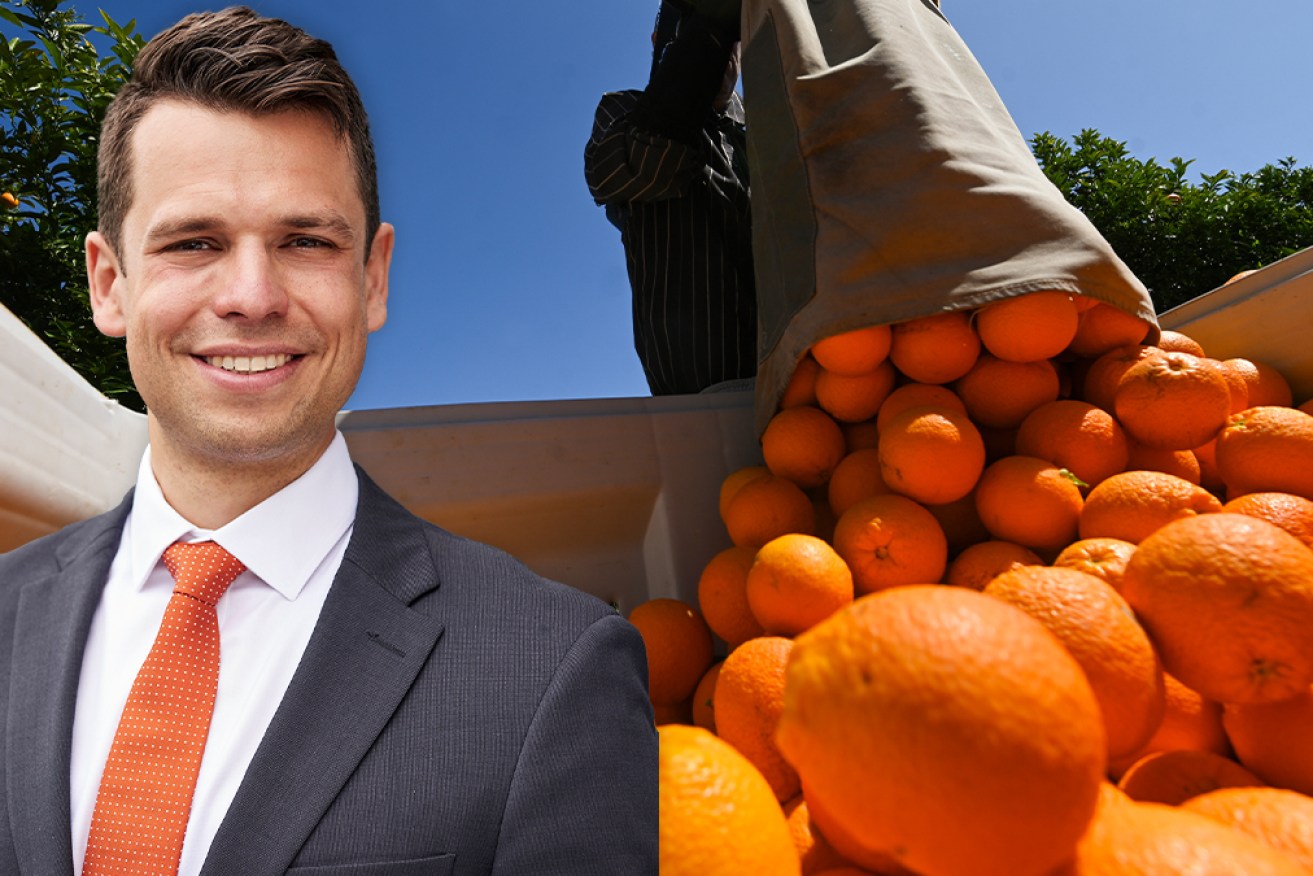The Stats Guy: Where and how too few migrants will hurt us the most


Four million of our 12 million workers were born outside of Australia – that’s one in three workers. Image: Getty, TND
Which jobs and which sectors of the economy rely most on migrant workers? These jobs struggled when migration turned negative during the pandemic. Now these jobs benefit from rising migration numbers.
Let’s start with the basics. At the 2021 Census, the Australian workforce measured over 13 million people. Through Census data, we can clearly analyse 12 million of these jobs by type of industry, occupation, and country of birth of worker. That covers over 92 per cent of the workforce—a near-perfect dataset to play with.
Four million of our 12 million workers were born outside of Australia – that’s one in three workers (33 per cent). Let’s only analyse industries with more than 1000 workers in the following paragraphs. We mostly do this to filter out the five bungy jump masters working in Australia that were apparently all born overseas.
No (sizeable) job relies so much on migrants than mushroom pickers. Migrants hold over 91 per cent of the 1,366 jobs. Other low-skilled and low-paid agriculture jobs are similarly dependent on migrants:
- Vegetable pickers (84 per cent)
- Fruit or nut pickers (79 per cent)
- Poultry process workers (72 per cent)
- Meat packers (70 per cent)
That comes as a bit of a surprise since agriculture is the industry with the lowest share of migrants (only 21 per cent). Of the 25 jobs with the least migrants, 16 are agriculture or primary industry jobs.
Farmers, the people owning and managing farms, tend to be born in Australia. Only five per cent of mixed crop and livestock farmers are migrants, for example. Only poultry farmers have a relatively high share (32 per cent) of foreign-born workers. So, we find agriculture jobs at the top and the bottom of the list.
The agriculture jobs that heavily rely on migrants tend to be remote, seasonal, and relatively low-paying. It was somewhat of a masterstroke to establish visa classes to get overseas workers (like backpackers) to fill these jobs.
During the pandemic, we realised the structural dangers of relying so heavily on migration for certain tasks. Across the country, farmers had trees full of wonderful fruit that just couldn’t be picked. I’d expect that living through such a devastating harvest season speeds up the automatisation of agriculture even more, with real consequences for rural ag-towns that see their population shrivelling away.
Plenty of jobs in the IT sector rely on foreign-born (and often foreign-trained) workers. The economy doesn’t care where workers come from as long as job vacancies can be filled. It’s even cheaper to grow the economy through migrant workers as the public purse doesn’t have to finance the very expensive two decades of a human’s life before they start paying tax.
I previously wrote about how the migration pipeline into Australia might be at risk of drying up. Creating a structural over-dependence on migrants in key jobs points to potential future vulnerabilities. Age- and disability-care workers are the third-most common jobs in this country and, as I argued previously, might soon become the second-largest job as Australia’s rate of ageing doubles. Currently, 41 per cent (95,000) of the 228,000 workers looking after vulnerable populations were born outside of Australia.
Any future scenario where Australia fails to attract sufficient migrant workers (pandemics, wars, political conflict) could lead to catastrophic shortages in a notoriously understaffed industry that heavily relies on migrants and can’t be off-shored. Education and training efforts should take such strategic weaknesses seriously and, at the very least, be prepared to quickly train local workers should such need ever occur.
In the meantime, have a look at your job in the list above (use the search function). Think through how your industry, your business, might need to change should the migrant pipeline ever dry up again.








